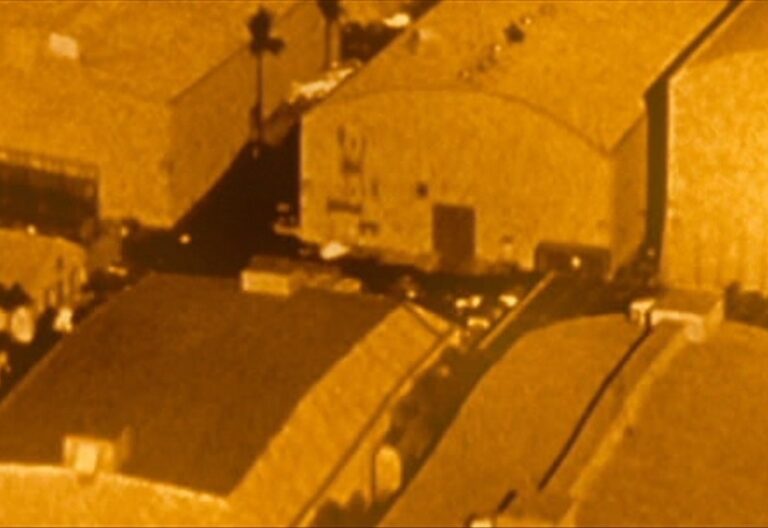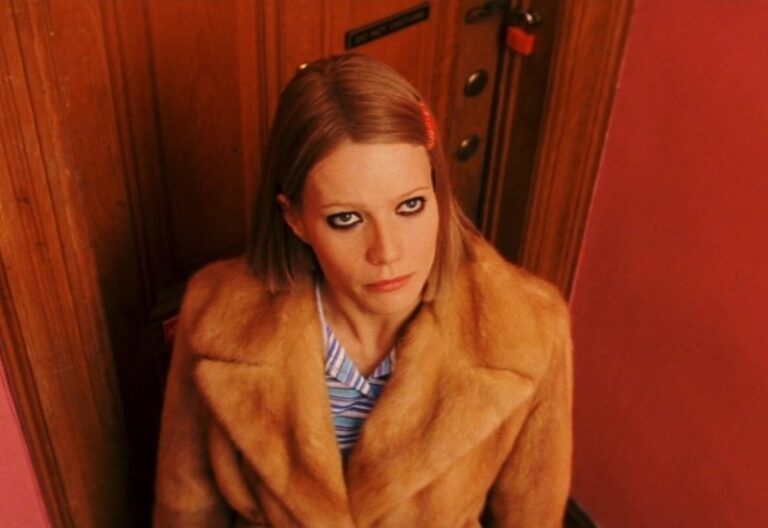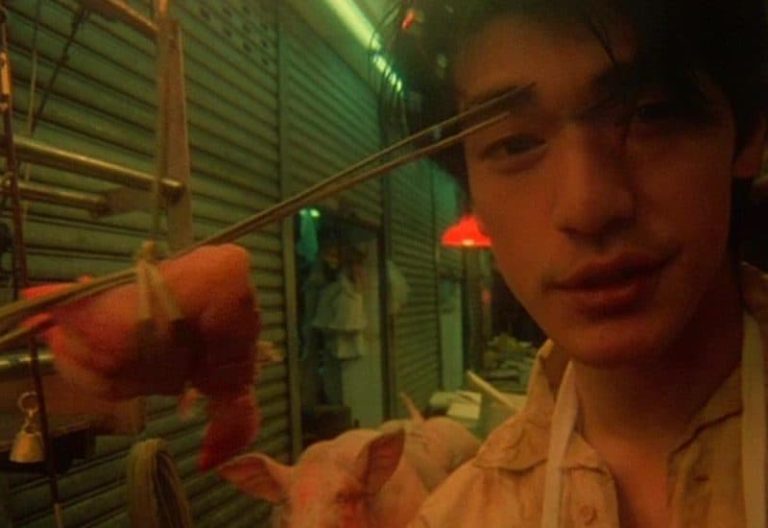what is character study in film?
Character study in film focuses on the internal lives of characters, setting aside traditional plot structures in favor of an in-depth exploration of a character’s psychology, emotions, and motivations. This approach to filmmaking allows for a deeper understanding of human behavior and personal identity, often creating a narrative that is introspective. By prioritizing character over plot, these films offer a unique and intimate window into the complexities of human nature.
Published by: CinemaWaves Team | Filed Under: Film Blog
The Evolution of
Character Studies
The concept of the character study started in literature, particularly in the psychological novels of the 19th and early 20th centuries. Authors like Fyodor Dostoevsky and Henry James wanted to expire deep into the minds of their characters, their innermost thoughts and moral dilemmas. As cinema evolved, filmmakers began to adopt similar techniques, using the visual medium to explore characters’ psychological landscapes.
Early examples of character-driven films can be seen in the works of silent film directors like Carl Theodor Dreyer and F.W. Murnau. Dreyer’s “The Passion of Joan of Arc” (1928) is a landmark in character study, focusing intensely on the emotional turmoil of its protagonist through close-ups and minimalist storytelling. Similarly, Murnau’s “Nosferatu” (1922) explores the psychology of its characters, particularly the haunting figure of Count Orlok, through expressionistic visuals and atmospheric tension.
The mid-20th century saw the rise of character studies as a distinct genre, particularly in Hollywood and European cinema. The influence of method acting, popularized by figures like Marlon Brando and James Dean, brought a new level of emotional depth and realism to character portrayals. Directors like Elia Kazan (“On the Waterfront”) and Ingmar Bergman (“Wild Strawberries”) began to focus on the internal conflicts of their characters, creating films that were as much about psychological exploration as they were about narrative.

Famous Examples of Character Studies in Film
“Citizen Kane” (1941) – directed by and starring Orson Welles, is often cited as one of the greatest films ever made and serves as a pioneering example of character study in cinema. The film is about the life of Charles Foster Kane, a powerful newspaper magnate, shown through a series of flashbacks that reveal his complex personality and the events that shaped his rise and fall. Welles’ innovative use of deep focus cinematography, non-linear storytelling, and multi-faceted character portrayal provides a rich and nuanced exploration of Kane’s ambitions, loneliness, and the emptiness of his pursuit of power.
“A Woman Under the Influence” (1974) – directed by John Cassavetes, is a seminal work in the character study genre. The film focuses on Mabel, a housewife struggling with mental illness, and her relationship with her husband, Nick. Gena Rowlands delivers a tour de force performance as Mabel, capturing the fragility, intensity, and unpredictability of her character. Cassavetes’ raw, improvisational style allows for an intimate and realistic portrayal of Mabel’s emotional turmoil.
“Taxi Driver” (1976) – directed by Martin Scorsese, is one of the most iconic character studies in film history. The film follows Travis Bickle, a disillusioned Vietnam War veteran who becomes increasingly detached from reality. Robert De Niro’s portrayal of Bickle is a masterclass in method acting, capturing the character’s descent into madness. The film’s exploration of loneliness, alienation, and moral ambiguity has made it a touchstone for character-driven cinema.
“Eternal Sunshine of the Spotless Mind” (2004) – directed by Michel Gondry and written by Charlie Kaufman, this film is a unique character study that blends science fiction with emotional depth. The film explores the inner worlds of Joel (Jim Carrey) and Clementine (Kate Winslet) as they undergo a procedure to erase memories of their failed relationship. The nonlinear narrative and surreal visuals reflect the complexities of memory, identity, and love.
“There Will Be Blood“ (2007) – directed by Paul Thomas Anderson, is a complex portrait of Daniel Plainview, a ruthless oilman whose ambition and greed lead to his eventual downfall. Daniel Day-Lewis’s performance is intense and transformative, embodying the character’s relentless pursuit of power at any cost. The film is a deep examination of ambition, corruption, and the corrosive effects of unchecked desire.
Common Characteristics of These Films
Focus on internal conflict: They center on the protagonist’s inner struggles, exploring their emotions, thoughts, and motivations. The plot often serves to reveal deeper layers of the character’s psyche.
Minimalist plot: The storyline is usually simple, allowing the character’s development to take precedence. Events unfold at a slower pace, with the narrative driven by personal interactions and introspection.
Emphasis on performance: Strong, nuanced performances are crucial in character study films. The actors convey the character’s internal world through subtle expressions, gestures, and tone, drawing the audience into their emotional journey.
Exploration of moral ambiguity: Characters are often complex and morally ambiguous, challenging viewers with their flaws and ethical dilemmas. This exploration adds depth and realism to the character’s portrayal.
Deep character development: These films offer a detailed and layered portrayal of the protagonist, showing growth, change, or revelation over time.
Refer to the main page for more educational insights on filmmaking and cinema history.
Ruthless silver miner, turned oil prospector, Daniel Plainview moves to oil-rich California. Using his son to project a trustworthy, family-man image, Plainview cons local…
The studio system was a dominant force in Hollywood from the 1920s to the 1950s. It was characterized by a few major studios controlling all aspects of film production…
When a car bomb explodes on the American side of the U.S./Mexico border, Mexican drug enforcement agent Miguel Vargas begins his investigation, along with American police…
American eccentric cinema is a distinctive style of filmmaking that surfaced in the late 20th and early 21st centuries, characterized by its quirky characters, whimsical…
Arthouse film refers to a category of cinema known for its artistic and experimental nature, usually produced outside the major film studio system. These films prioritize artistic…
Emerging in the late 20th century, a film movement known as the Hong Kong New Wave, originating from the bustling neon streets of Hong Kong, while captivating global audiences with…






